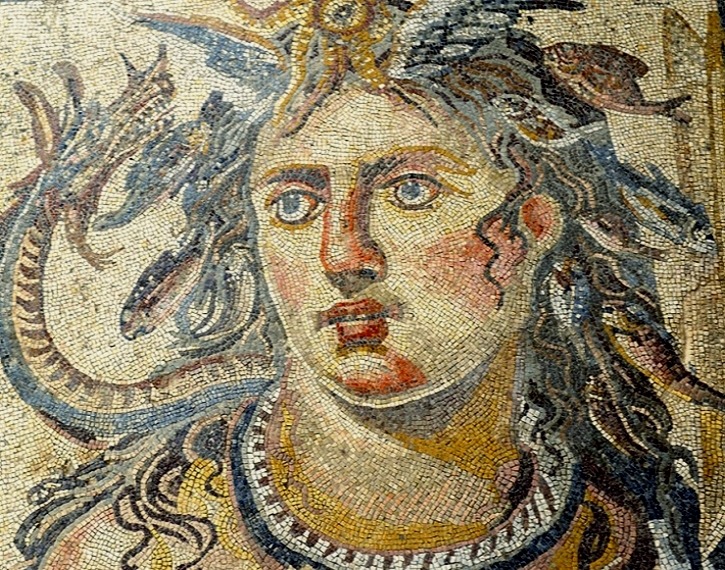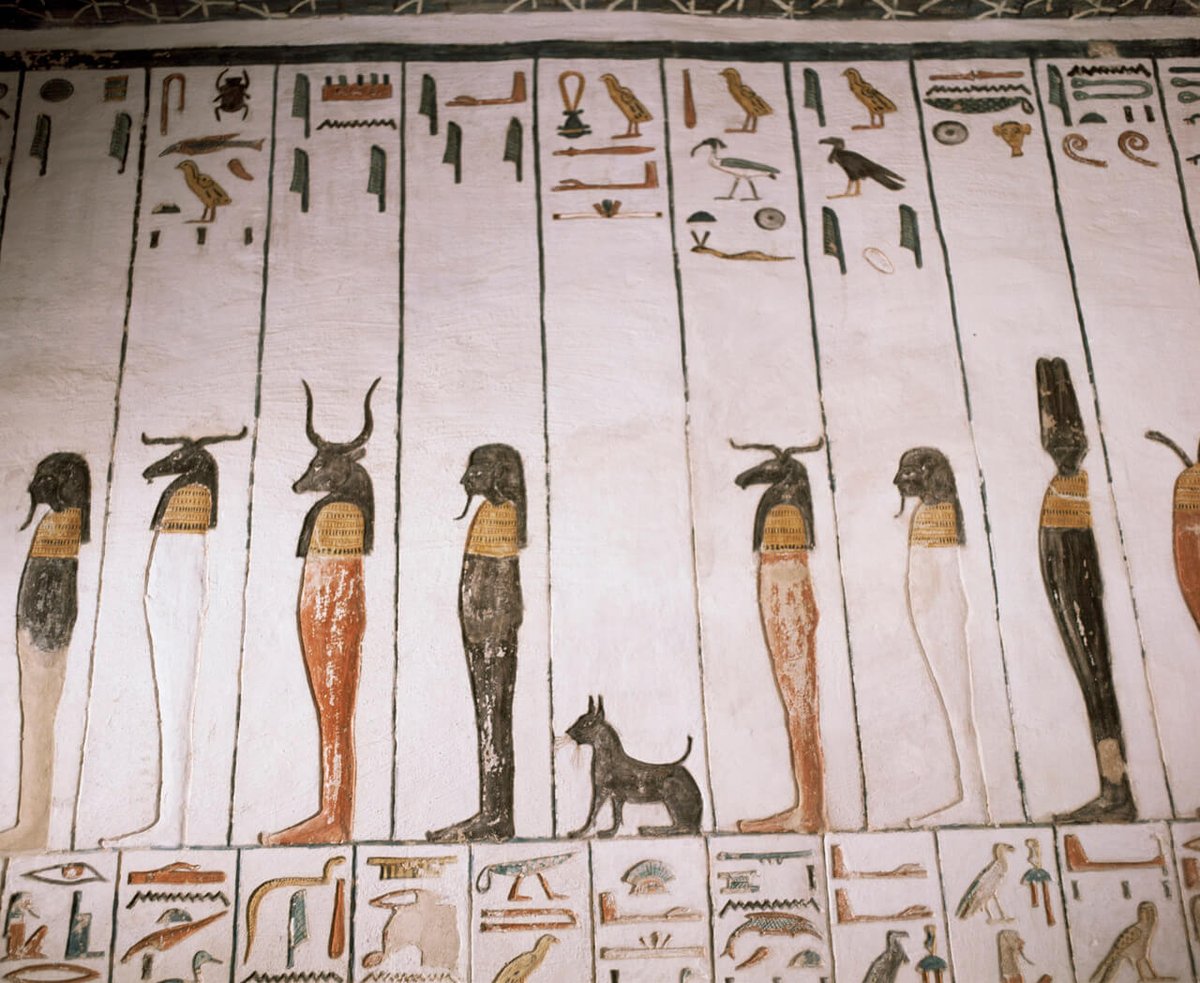402
403
404
405
407
408
410
412
413
414
415
416
Parakeet. Culture: Roman. Date: A.D. 3rd-4th century AD. Medium: Mosaic. Source/Collection: risdmuseum.org
417
418
419
420
421
423
424
Bracelet with lions’ head finials. Place of origin: Near Eastern, Anatolian. Period: Bronze Age. Date: ca. 2400 B.C. Medium: Gold. Source: mfa.org
425





























